McIlroy, who turned 36 on Sunday, skipped the RBC Heritage tournament following the Masters while he returned home to Northern…
Read More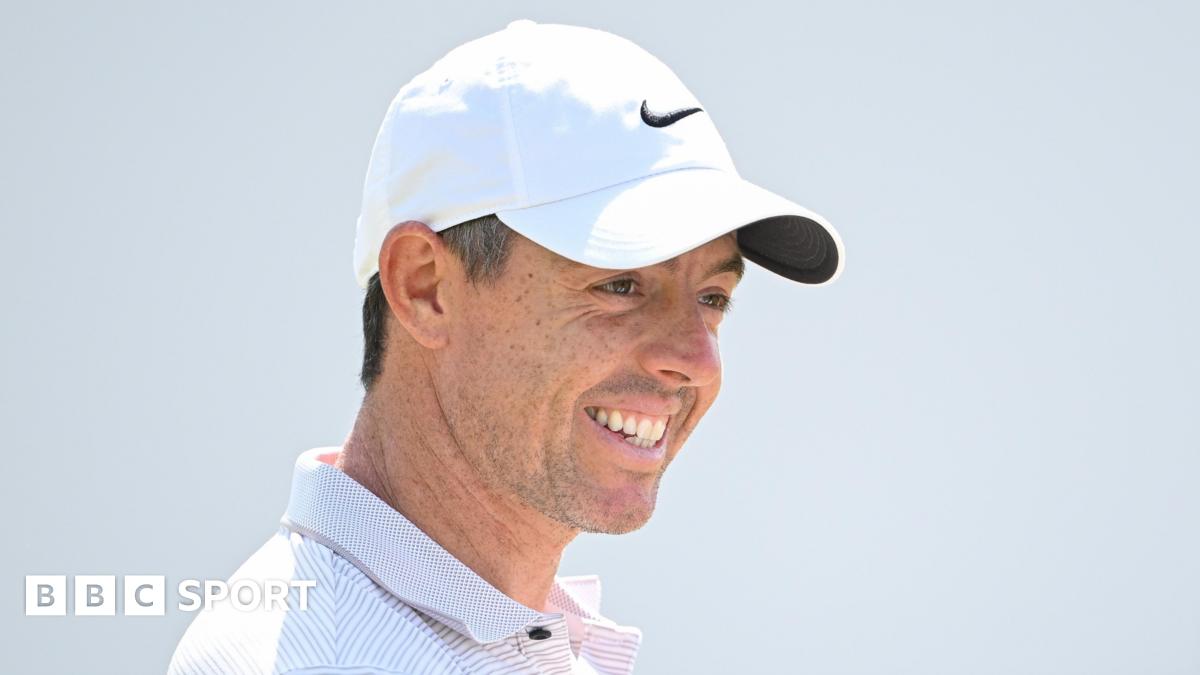

McIlroy, who turned 36 on Sunday, skipped the RBC Heritage tournament following the Masters while he returned home to Northern…
Read More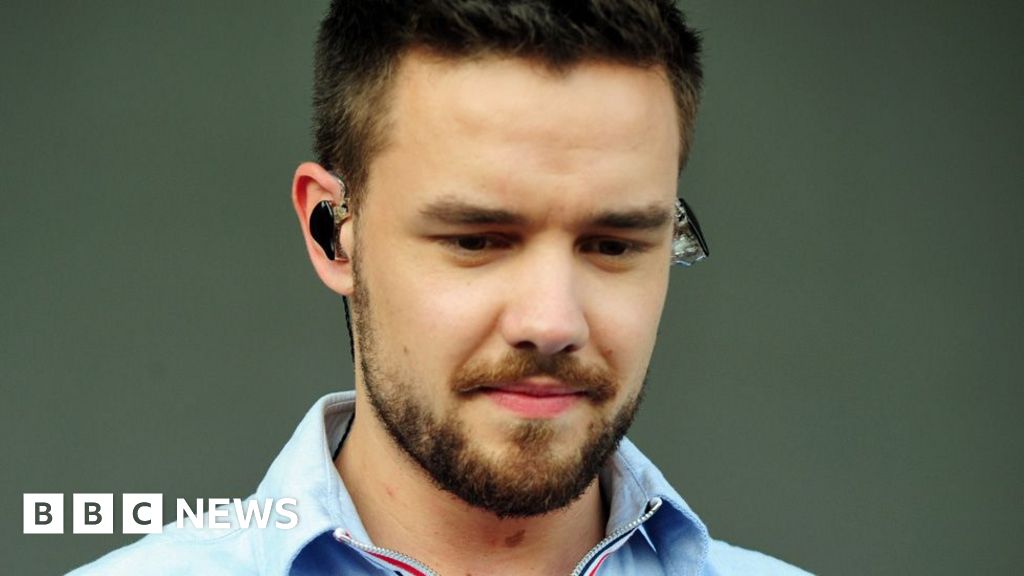
Liam Payne left behind money, property and possessions worth more than £24m when he died last year, official records show.…
Read More
Accommodation for asylum seekers will cost the taxpayer triple the amount the Home Office first claimed, according to new figures.…
Read More
There’s a story I read to my children, an old piece of African folklore. In the tale, a clever jackal…
Read More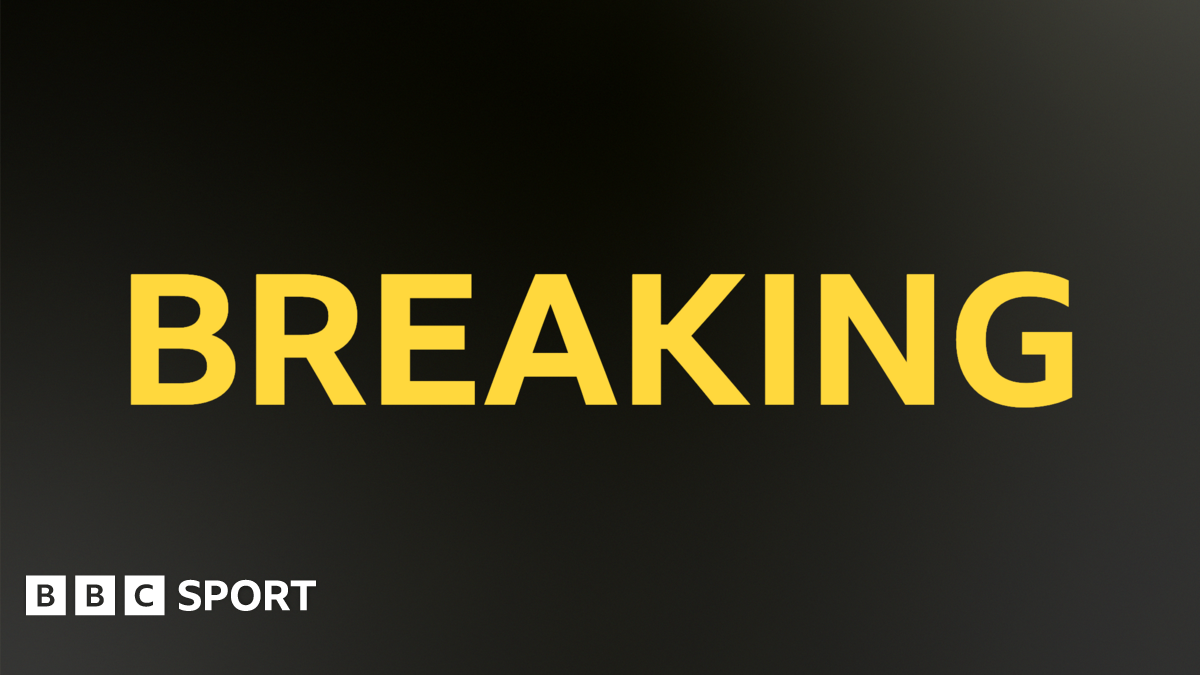
India captain Rohit Sharma has retired from Test cricket, but will continue to play one-day internationals. It comes after reports…
Read More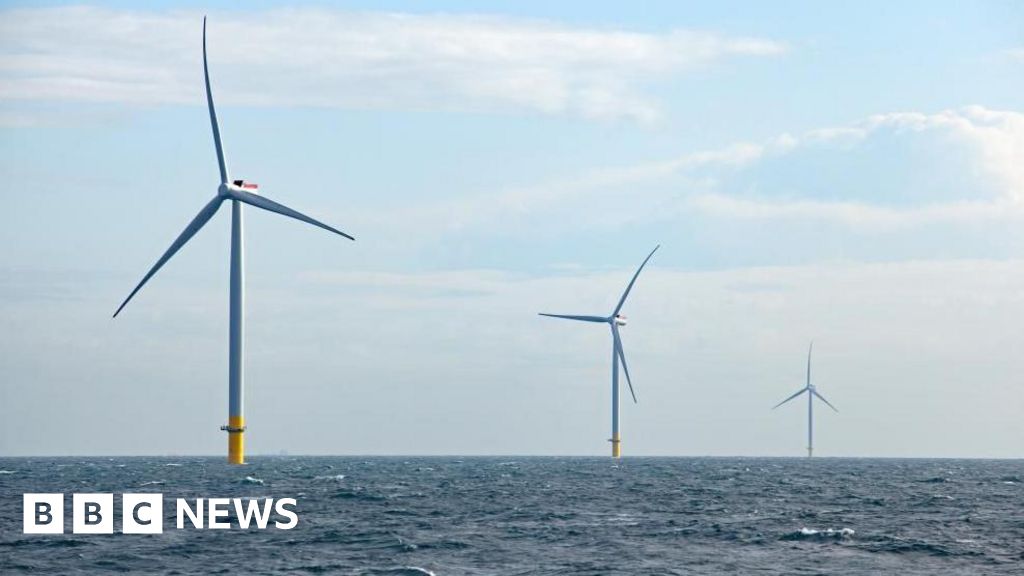
In a significant blow to the government’s clean energy ambitions the Danish energy company Orsted has cancelled plans for a…
Read More
NurPhoto via Getty Images Pakistan claims to have shot down five Indian fighter jets – India has not confirmed this…
Read More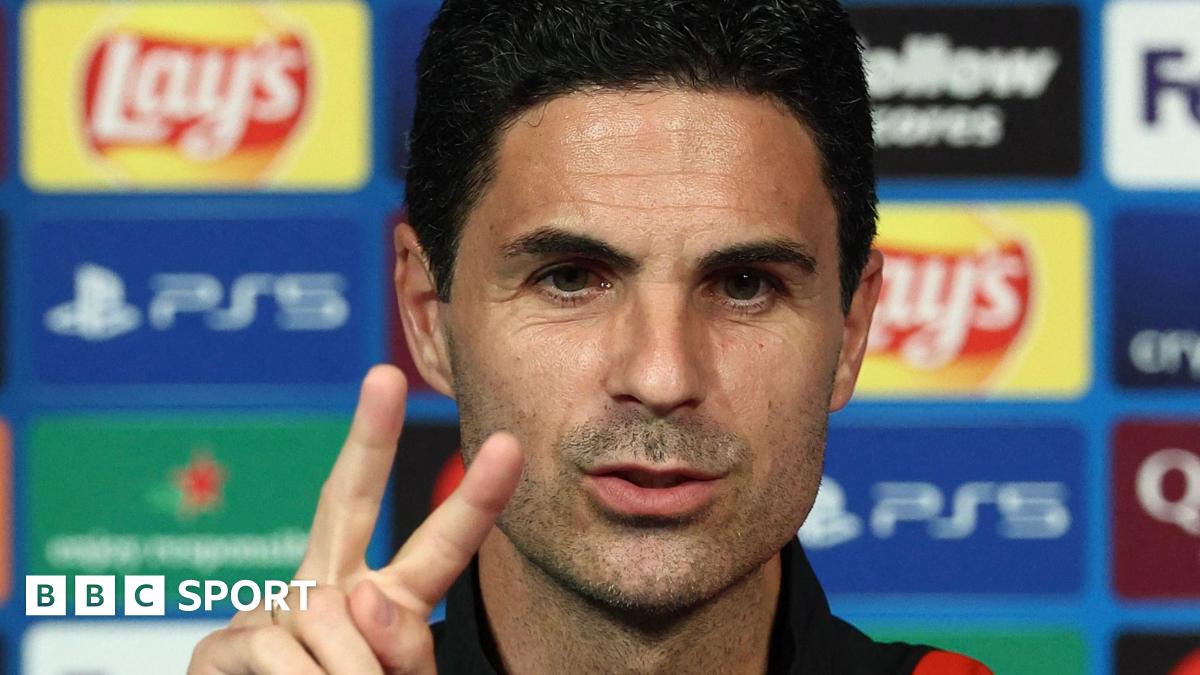
Mikel Arteta believes timing is the reason Arsenal have not managed to win as many trophies as they would have…
Read More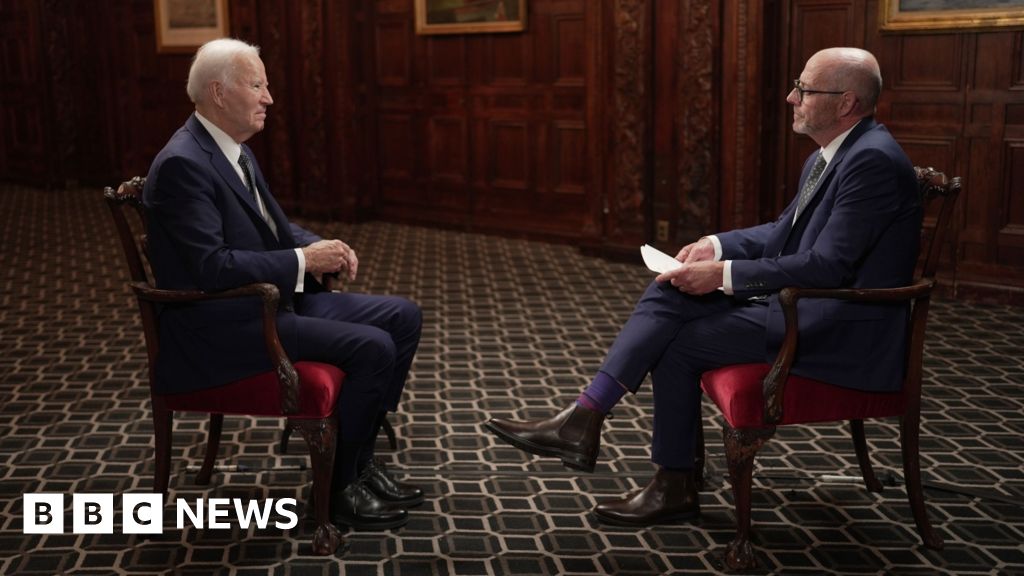
Watch: Biden’s first interview since leaving the White House Former US President Joe Biden has given his first in-depth interview…
Read More
Steven McIntosh Entertainment reporter Jason Bell Simon Stone (centre) will direct Andrew Lincoln (left) and Alicia Vikander in The Lady…
Read More